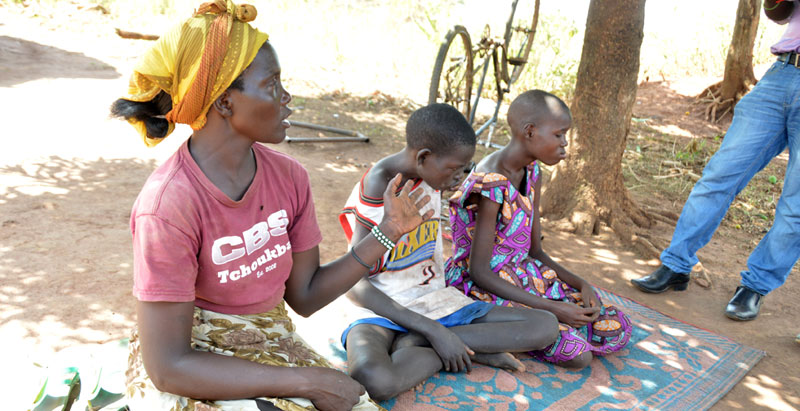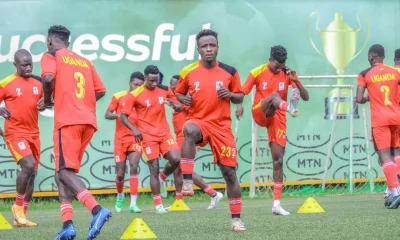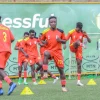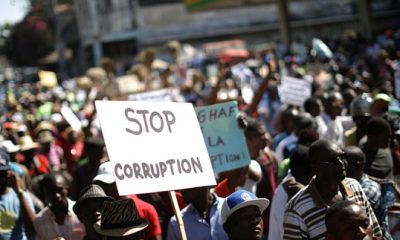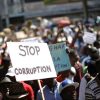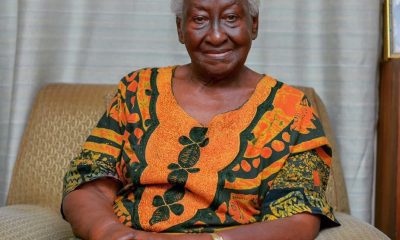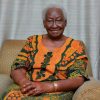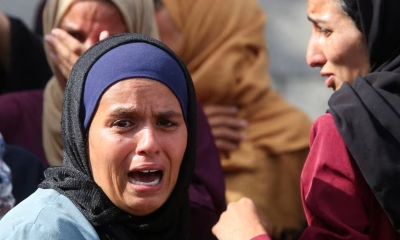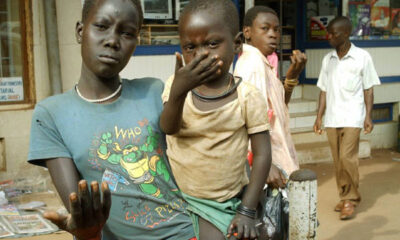News
Nodding disease funds poorly handled
The ministry of Health has come under the spotlight for failing to give due attention to the Nodding syndrome crisis in northern Uganda.
Last week, Members of Parliament (MPs) on the Health Committee camped in Northern Uganda in a bid to bring to the country’s attention the suffering and pain endured by the over 2000 children and their parents but also to force the ministry to give proper accountability regarding what it has done since the condition was reported more than a decade ago.
The MPs accused the Ministry of Health for ignoring the plight of the affected children and the burden on the parents. The total number of the affected presently in the Northern districts stands at 2,143, broken down into: 806 in Pader; 544 in Kitgum; 339 in Lamwo; 323 in Omoro 58 in Amuru; and; 13 in Lira.
The Ministry has been blamed for not giving medical attention to the problem, but addressing the media this week at the MoH headquarters, the Minister of Health, Ruth Jane Aceng, debunked the coverage.
“The supply of medicines is adequate in all the treatment centers. The supply of medicines to Kitgum General Hospital where the research is centered was enhanced because of increased consumption as a result of the research that is on-going and recruitment involves patients from both Kitgum and Pader districts and others that consent,” Aceng said.
She added that MoH had provided adequate funds to address the Nodding disease issue, but that the funds were not properly used for the patients. Out of UGX 1,851,891,500 transferred to the six districts of Kitgum, Lamwo, Gulu, Pader, Amuru and Oyam and the two Regional Referrals Hospitals of Gulu and Lira over UGX 237,396,000 went missing. Kitgum is the biggest defaulter at UGX 109,311,860; followed by Lamwo with over UGX 133,000,000.
The MoH activated 20 treatment centres which have now received direct allocation of medicines from the National Medical Stores for treatment of children with Nodding Disease syndrome. These are: Atanga, Laguti, Lapul, Angagura and Awere in Pader, Kitgum General Hospital, Pajimu, Okidi and Kitgum Matidi in Kitgum, Padibe HCIV.
Others which total 33 facilities are: PalabekKal, Palabek Gem and PalabekOgili in Lamwo), Odek HCIII in Omoro, Atiak HCIV in Amuru, Aromo HCIII in Lira and Cwero, Labworomor, Paibona and Omel in Gulu, and 13 health center II’s that get medicines from the sub-county HCIII’s to cater for those families who still find difficulty in accessing the treatment centers; these include 10 facilities in Pader District (Lapulocwida, Burlobo/Acwa ranch, Angole, Bolo, Lagile, Kilak, Puranga, Amilobo, Wipolo and Paibwo), one in Kitgum (Tumangu) and two in Lamwo (Anaka and Apyeta).
However, there is still a big complaint from the local leaders in areas most affected by this disease. While addressing Pader District leaders, Kilak South MP, Gilbert Olanya, said: “Although the Health ministry says that the Government funds are adequate, there is still a lacking figure and even the only treatment centre which gives them hope has been closed and patients are dying. A total of the 29 affected children two of them have so far died between the period of December and January yet this treatment centre was offering medical, personal care, schooling and nutritious meals.”
The Minister also explained that some sicknesses are wrongly referred to as the Nodding Disease syndrome. “Many a times cases of epilepsy and other conditions that affect the nervous system like febrile illnesses, inborn abnormalities or autism have been wrongly labeled.
I have to highlight a few differences: Epilepsy affects all ages, patients do not have head nodding, they exhibit moderate to severe disability and brain damage is not common, and sometimes may be inherited whereas Nodding Syndrome affects only children.”
Aceng said that recent research shows the syndrome characterized by five stages depending on the severity: Stage One presents with no significant disability, while stage Two is characterized by slight disability, but patients are able to look after themselves without assistance. These form 21% of the cases in Northern Uganda.
Stage Three and Four are characterized by moderate to severe disability, varied cognitive function and children may require help with walking. These form 74% of the cases in Northern Uganda. Stage Five, which is the most severe, presents with severe disability, and these are mostly bedridden children.
They form 5% of the cases in Northern Uganda. However in all stages, there is some degree of brain damage and this increases in magnitude depending on the stage and all cases in Stage Five and a few in stage Four require rehabilitation as per the statistics. The patients who fall in Stage Five are: eight cases in Kitgum; 20 cases in Pader; five in Amuru; one in Lamwo; and, 20 in Omoro.
The Nodding disease syndrome is a severe neurological disorder that manifests as seizures, head nodding, cognitive harm, multiple disabilities and affects only children.
Comments



